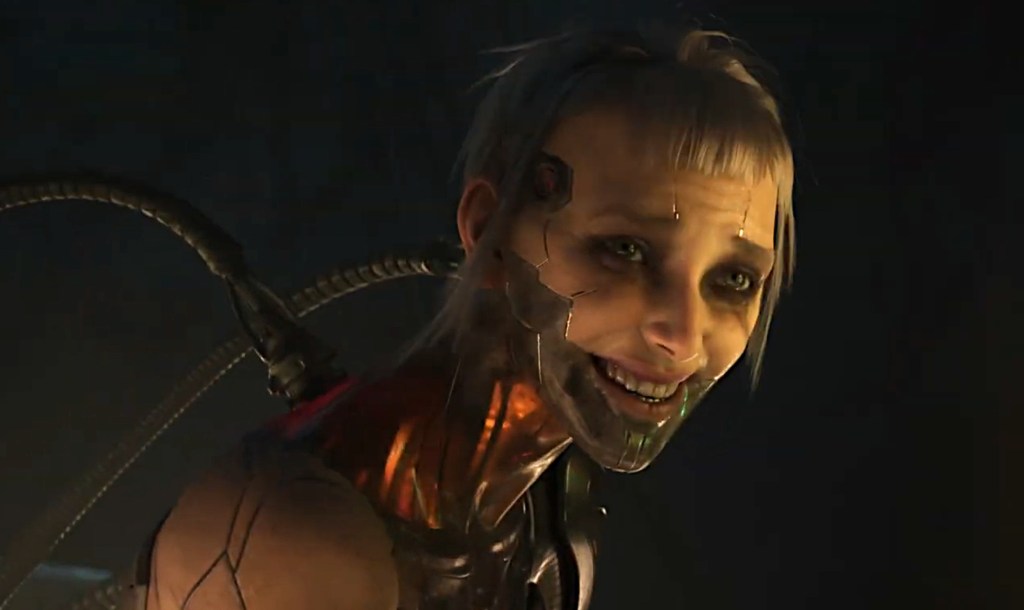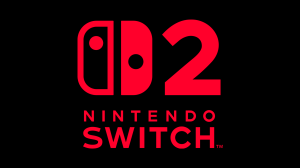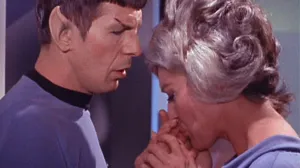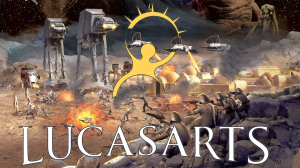The creative minds behind Netflix’s acclaimed animated anthology Love, Death + Robots have pulled back the curtain on executive producer David Fincher’s significant artistic influence on the series, which just premiered Season 4 at Netflix. In an exclusive interview with ComicBook, series creator Tim Miller and supervising director Jennifer Yuh Nelson shared insights into Fincher’s distinct directorial philosophy and how his meticulous approach elevates the entire production. Their comments reveal a deep respect for Fincher’s vision, describing his input as a continuous learning experience that shapes the visual language and storytelling of the boundary-pushing shorts of Love, Death + Robots. This collaborative dynamic, where Fincher imparts his seasoned wisdom, has become a cornerstone of the series, impacting everything from camera placement to the fundamental understanding of filmmaking for the diverse teams involved in crafting each unique episode.
Videos by ComicBook.com
“Mostly it’s me learning how much better a director he is than I,” Tim Miller told us regarding his extensive collaboration with David Fincher. “That seems to be the general theme I learn. David, and lots of people who work with him would say this, he sends you little haikus of knowledge all the time. Like ‘FILM IS ABOUT THE EXPANSION AND THE COMPRESSION OF TIME’ or ‘THE MAIN JOB OF A DIRECTOR IS WHERE TO PUT THE CAMERA AND FOR HOW LONG.’ They are always in all caps, and they are great. Just reading his notes… it really is a class in directing to watch him give notes on works in progress and do shots.”
[RELATED: 7 Best Shows to Binge on Netflix in May 2025]
“He has an incredible photographic eye for what he wants,” Nelson, who did storyboards for Finch’s “Bad Travelling” episode in Love, Death + Robots, added. “And how he describes it, it’s already done. It’s literally already done, and he’s just trying to communicate it to you. I learned so much about setting up the camera and lensing from him. Just listening to him talking about how he wanted these shots up. Every department at Blur that was working on his short basically said it’s a masterclass in whatever they were doing with him. Because it was always an interesting way of approaching light, and camera, and storytelling. It was just beautiful.”
“In one of our screenings, he said the other day, which I thought was interesting, ‘THE DIRECTOR IS THE ONLY ONE WHO’S WORKING BACKWARDS IN TIME BECAUSE THE DIRECTOR SEES THE FINISHED PRODUCT,’” Miller recounted. “Which is not true in my case, but it is in his case. He sees the finished product, and you are just trying to get everyone to the place you’ve already been, so you go backwards in time and pull them forward with you. Which is a really interesting way to look at it. I feel that it’s mostly an evolution, but I think it’s because I don’t think I have everything figured out. And you see opportunities along the way to make things better. They work out differently from what you thought they were on the page. But that’s just me.”
David Fincher’s Imprint on Love, Death + Robots

David Fincher’s working relationship with Tim Miller and his animation/VFX house, Blur Studio, predates Love, Death + Robots, notably including the creation of the striking main title sequence for Fincher’s 2011 film, The Girl with the Dragon Tattoo. This collaboration laid the groundwork for their partnership on the Netflix anthology, where Fincher has served as an executive producer since its inception in 2019. Beyond high-level guidance, Fincher directed the critically lauded Season 3 episode “Bad Travelling,” a harrowing tale of a shark-hunting ship besieged by a giant, intelligent crustacean. This episode, praised for its photorealistic animation and atmospheric storytelling, is a prime example of Fincher’s signature style translated into the world of animation.
Season 4 of Love, Death + Robots includes another Fincher-directed short titled “Can’t Stop,” a visually unique piece featuring the Red Hot Chili Peppers as marionettes performing their hit song, showcasing the director’s willingness to experiment with different styles within the Love, Death + Robots framework. The impact of his “masterclass” approach, as described by Nelson, resonates through the various animation styles and genres the series bravely tackles, from cyberpunk and cosmic horror to dark comedy and surreal fantasy, ensuring a level of quality and artistic intent that has garnered the show multiple Emmy Awards.
Love, Death + Robots Volume 4 is now streaming on Netflix.
What are your favorite episodes in Love, Death + Robots so far? Let us know in the comments!








